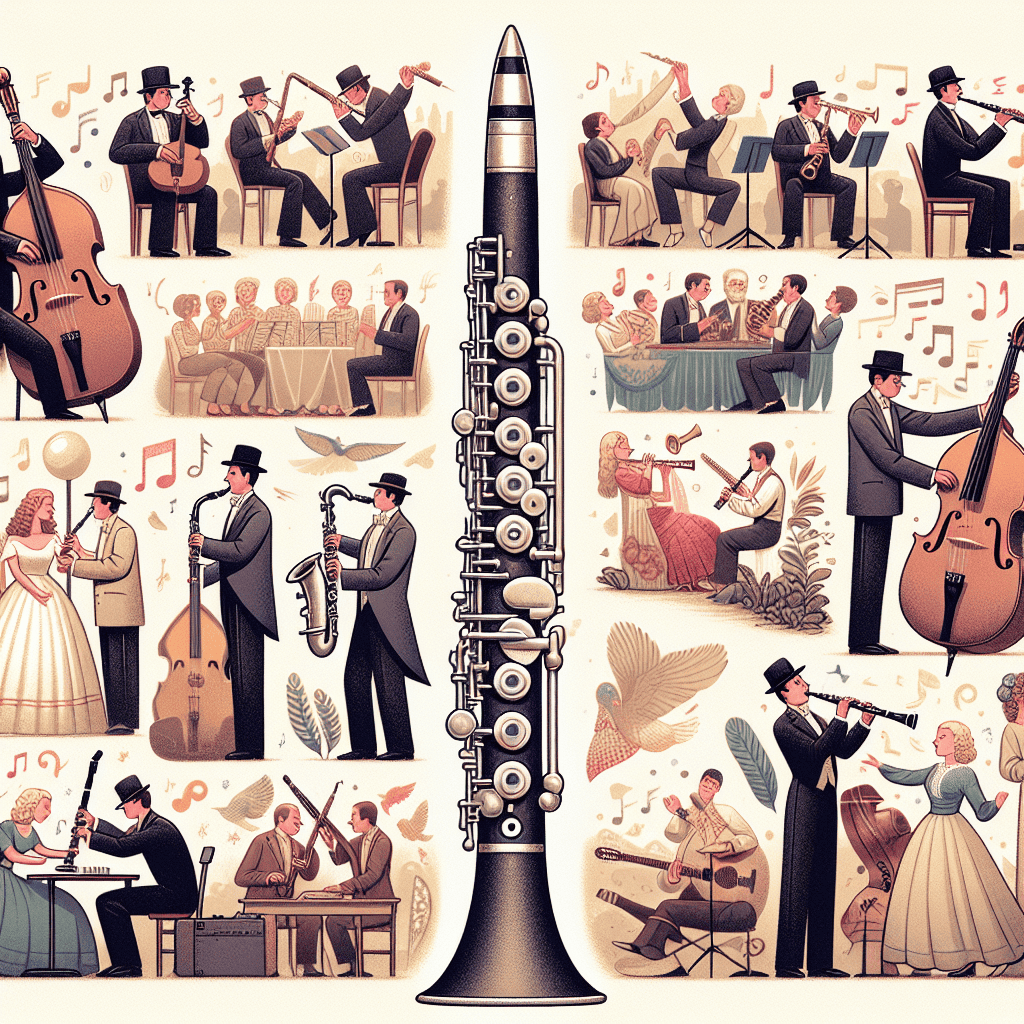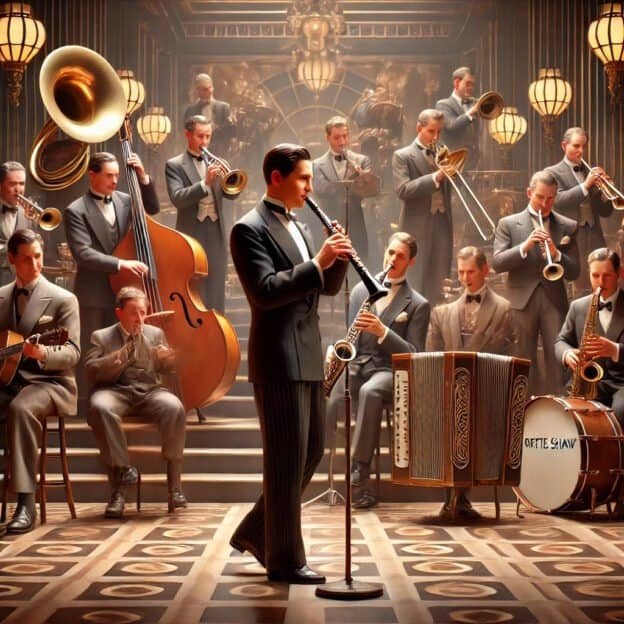The clarinet is one of the most versatile and expressive woodwind instruments used across various genres, from classical and jazz to contemporary music. Learning about its history can deepen your appreciation of the instrument and provide valuable context for your playing. In this post, we'll explore some fascinating trivia about the clarinet, following its journey from its origins to the present day.
Origins of the Clarinet
The clarinet's story begins in the late 17th century. Its early predecessor, the chalumeau, was popular during the Baroque period. The chalumeau had a mellow sound, which eventually developed into what we now recognize as the clarinet around 1700 in Germany. Johann Christoph Denner is credited with this first major improvement to the instrument, adding a register key that greatly expanded its range and capabilities.
Early Clarinet Design
The evolution of clarinet design is a captivating aspect of its history. Early clarinets had only a few keys and a simple body structure. As clarinets became more popular through the Classical period, especially in orchestras, innovators like Heinrich Baermann and later, Parisian craftsmen, made significant design improvements. They added more keys to improve intonation and expand the dynamic range, leading to the modern clarinet we know today.
Clarinet Evolution Timeline
| Year | Event |
|---|---|
| Late 17th century | Chalumeau in use |
| c. 1700 | Johann Christoph Denner adds register key |
| Early 19th century | Heinrich Baermann's design improvements |
| Mid-19th century | Parisian craftsmen refine the instrument |
| 20th century onwards | Modern clarinet design established |
Clarinet in the 19th Century
As the 19th century began, military bands adopted clarinets, boosting their popularity across various musical styles. This period saw B-flat and A clarinets become standard in orchestras, encouraging many composers to write for them.
Famous composers like Mozart and Beethoven wrote extensively for the clarinet, showcasing its melodic capabilities and expressive range. Mozart's
Clarinet Concerto in A major, K. 622 is now a cornerstone of the clarinet repertoire, highlighting the instrument's agility and beauty.
Famous Clarinettists and Their Impact
Over the years, several clarinetists have significantly influenced how the instrument is perceived and played. Benny Goodman, often called the “King of Swing,” made the clarinet a central figure in jazz music during the 1930s with his unique style and charisma.
Artie Shaw pushed the boundaries of the clarinet, demonstrating that the instrument could shine as a lead voice in jazz, not just as part of the orchestra. His contributions extended beyond performance, as he helped legitimize jazz as an art form and brought it to mainstream audiences. Additionally, Shaw's innovative approach to big band arrangements influenced the development of swing music during its golden era.
Richard Stoltzman is another notable figure who brought the clarinet to the forefront of classical music. His emotional expression and technical prowess expanded the repertoire to include modern compositions written specifically for him.
Clarinet Technology and Innovation
The ongoing development of clarinet technology is equally intriguing. The materials and methods used to craft clarinets have changed significantly, from traditional wood to modern synthetic materials that provide consistency and durability. Companies like Martin Freres have been at the forefront of producing high-quality instruments that blend traditional craftsmanship with modern technology, allowing musicians to explore a wide range of tonal possibilities.
Fun Facts About the Clarinet
- The Clarinet Family: The clarinet family includes various members such as the bass clarinet, contrabass clarinet, and E-flat clarinet, each with unique sounds and roles in music.
- World Record: The longest recorded note on a clarinet is an impressive 1 minute and 18 seconds, achieved by a dedicated musician demonstrating exceptional breath control and skill.
- Famous Compositions: Many orchestral works feature prominent clarinet solos, including pieces by composers like Wagner and Ravel, making it a key part of symphonic music.
- Reeds and Sound: The clarinet's distinctive sound comes from a single reed vibrating against the mouthpiece, a fundamental aspect of its unique sound profile.
The Future of the Clarinet
Looking ahead, it's clear that the clarinet's evolution continues. As materials and technology advance, musicians keep pushing the boundaries of what the clarinet can do. With new generations of players emerging, the clarinet's rich history and modern innovations ensure its lasting place in music.
Whether you're an experienced clarinetist or new to the instrument, there's always something new to learn about the clarinet. High-quality instruments from respected makers like Martin Freres can inspire musicians to explore different styles and improve their playing.







